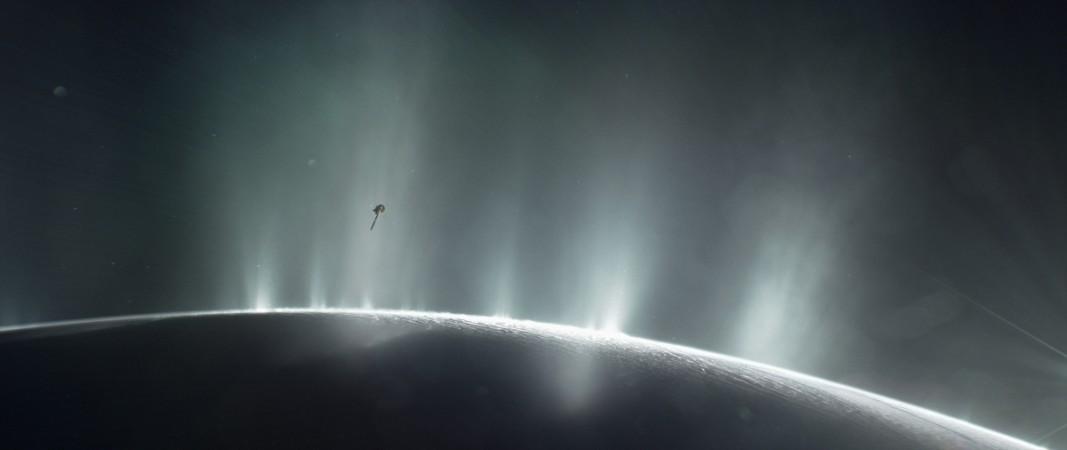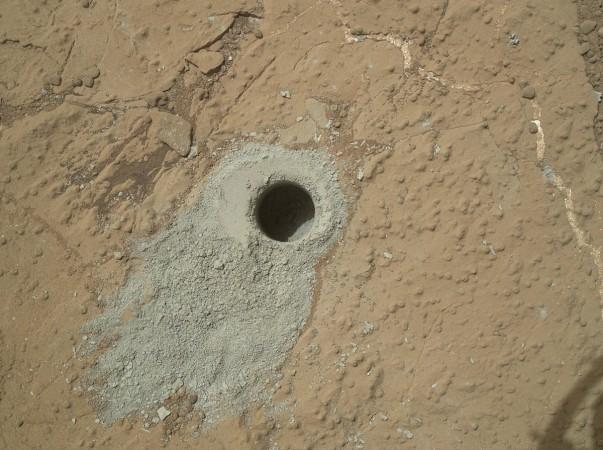
Humans are likely to visit other planets soon, be it Mars, Saturn's many moons or even Jupiter's satellites, there is definite scope for human presence either through machines and robots or through manned missions, humans are rearing to leave Earth.
Till a few decades back, space exploration was an endeavour that only governments could pull together, now there are several private companies that are achingly close to leaving Earth, carrying humans to other parts of the cosmos. While a Star Trek level exploration crew is unlikely at least in the near future, the National Academies of Sciences, Engineering, and Medicine (NASEM) feels that there need to be certain ground rules that human exploration of other planets need to follow, like the "Prime Directive".
According to a NASEM report, there is a call for NASA to develop a "planetary protection strategic plan" because such regulations are now inadequate. "NASA should also identify a strategy for dealing with major policy issues, such as sample-return from and human missions to Mars and private-sector solar system exploration missions," notes the paper.

The concern of humans infecting or contaminating alien ecosystems have been a definite concern for astronomers and scientists alike from well before the Russians reached space on their Sputniks. If humans do contaminate other planets and moons, the search for life outside Earth would become meaningless.
A similar concern is for samples that are brought into Earth. There is no saying what risks Earth faces because of it. This is why there needs to be set rules for both taking life to other planets and bringing in any possible form of life into Earth, says the report.
For about 50 years now, NASA has played an important leadership role on behalf of the US in creating planetary protection policies, this is one of the reasons why NASEM recommends an updated one is needed, said Joseph Alexander, chair of the committee that wrote the report, and a private consultant in science and technology policy.
"Soundly framed and executed planetary protection policies will play a critical role in ensuring that space exploration efforts will deliver unambiguous answers about the possibility of life elsewhere in the solar system," he added. Right now, there is no policy in place that covers Mars, notes the report. Humans are expected to land on the red planet in under a decade if SpaceX's BFR gets built in time. NASA is planning to land humans on Mars by at least 2030s.















